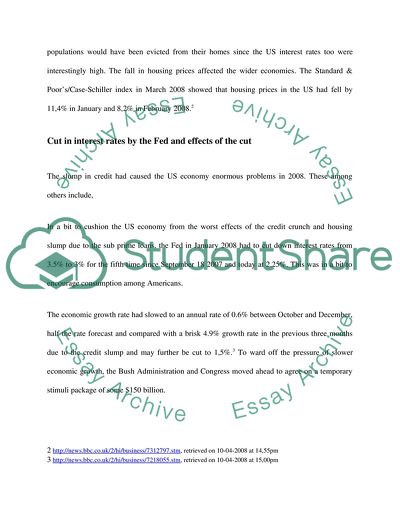Cite this document
(The Sub Prime Market Case Study Example | Topics and Well Written Essays - 2250 words, n.d.)
The Sub Prime Market Case Study Example | Topics and Well Written Essays - 2250 words. Retrieved from https://studentshare.org/macro-microeconomics/1545621-financial-institutions-markets
The Sub Prime Market Case Study Example | Topics and Well Written Essays - 2250 words. Retrieved from https://studentshare.org/macro-microeconomics/1545621-financial-institutions-markets
(The Sub Prime Market Case Study Example | Topics and Well Written Essays - 2250 Words)
The Sub Prime Market Case Study Example | Topics and Well Written Essays - 2250 Words. https://studentshare.org/macro-microeconomics/1545621-financial-institutions-markets.
The Sub Prime Market Case Study Example | Topics and Well Written Essays - 2250 Words. https://studentshare.org/macro-microeconomics/1545621-financial-institutions-markets.
“The Sub Prime Market Case Study Example | Topics and Well Written Essays - 2250 Words”. https://studentshare.org/macro-microeconomics/1545621-financial-institutions-markets.


